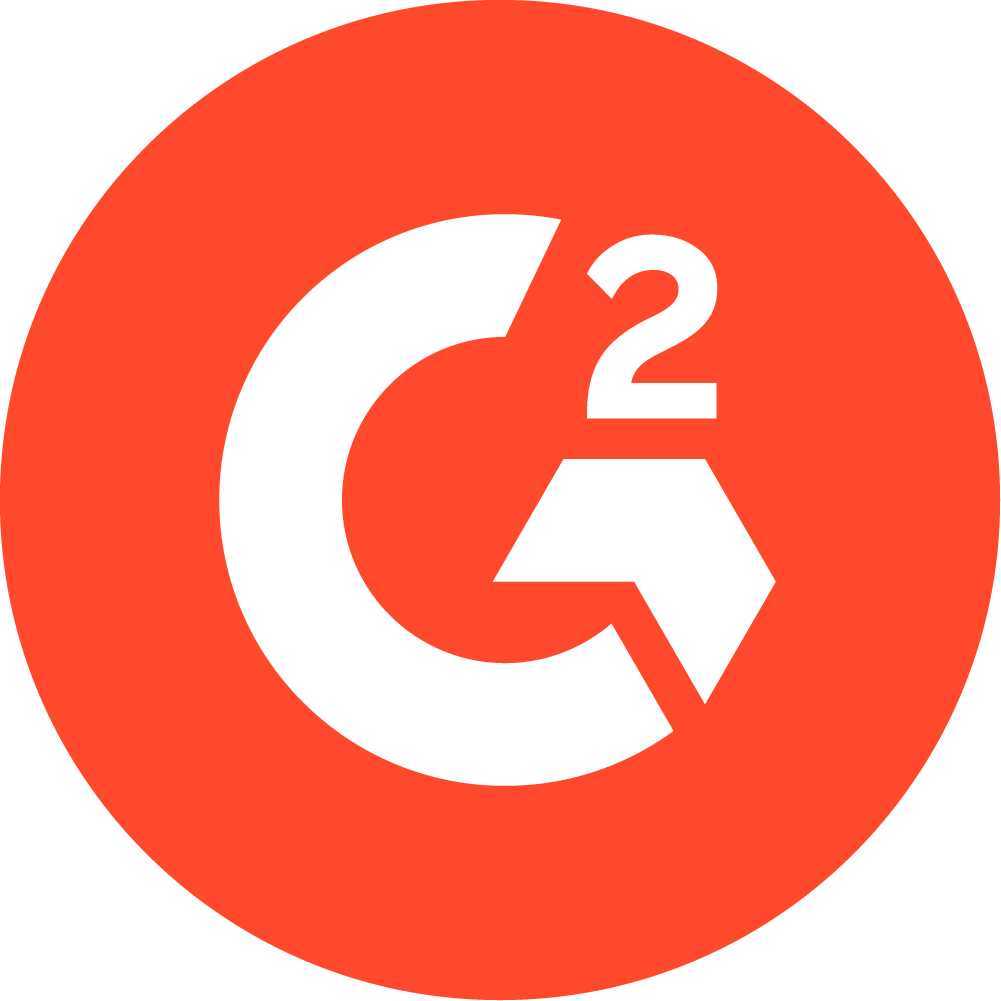What the Aftercare? How to Use Z Codes in ICD-10
Let’s talk about Z codes in ICD-10—and what they have to do with post-surgical aftercare.

Subscribe
Get the latest news and tips directly in your inbox by subscribing to our monthly newsletter
Rehab therapists are restoration specialists. Not only do they work to restore musculoskeletal function after an illness or injury, but they also restore patients’ confidence in their movement and functional capabilities. In most cases, therapists see patients after they’ve experienced some type of disruptive event—like an injury, an illness, or a surgical procedure. But that doesn’t mean therapists should exclusively use aftercare codes, as Z codes in ICD-10 apply only in very select circumstances.
So, when it comes to how to use Z codes in aftercare, rehab therapists should keep the following advice in mind.
Aftercare Z codes in ICD-10 are not meant to be used with seven-character codes.
ICD-10 introduced the seventh character to streamline the way providers denote different encounter types—namely, specific situations involving active treatment versus those involving subsequent care. However, not all ICD-10 diagnosis codes include the option to add a seventh character. For example, most of the codes contained in chapter 13 of this resource (a.k.a. the musculoskeletal chapter) do not allow for seventh characters. And that makes sense considering that most of those codes represent conditions—including bone, joint, and muscle conditions that are recurrent or resulting from a healed injury—for which therapy treatment does progress in the same way it does for acute injuries.
Codes for acute injuries (mainly found in chapter 19) and fractures, however, do allow for seventh characters. And when you use the seventh character “D,” you are denoting that the patient is in the healing/recovery phase of their treatment. Essentially, you are indicating that these are situations where patients are receiving aftercare for the injury. Thus, you should not use aftercare codes in conjunction with injury codes, because doing so would be redundant.
Don’t let Z codes stump you ever again. Pick the right codes every time with the WebPT EMR’s intelligent ICD-10 selector.
Use Z codes to code for surgical aftercare.
When a patient's health status necessitates continual care during a post-treatment healing or recovery phase—or when they require care for chronic symptoms that resulted from their original ailment—aftercare visit codes perfectly fit the bill. Z codes also apply to post-op care when the condition that precipitated the surgery no longer exists—but the patient still requires therapeutic care to return to a healthy level of function. These situations often provide common Z codes for therapists that include:
- Z47.89, Encounter for other orthopedic aftercare, and
- Z47.1, Aftercare following joint replacement surgery.
Remember, there are several orthopedic aftercare codes for specific surgeries—all of which you can find in this ICD-10 resource under Z47, Orthopedic aftercare.
{{inline-form}}
A single aftercare code might not be enough.
In specific situations where it’s appropriate to use Z codes in ICD-10, aftercare codes may be the principal first-listed diagnosis code—but that doesn’t mean the Z code should be the only diagnosis code listed for that patient. You should submit secondary codes—including other Z codes—when they can help you fully describe the patient’s situation in the most specific way possible.
For example, if you were treating a patient who had a total knee replacement, you would want to submit Z47.1, Aftercare following joint replacement surgery, as well as Z96.651 (to indicate that the joint replaced was the knee). Taking this one step further, let’s say the patient was receiving treatment for gait abnormality following a total knee replacement of the right knee due to osteoarthritis in that knee. Let’s also assume that, as a result of the surgery, the patient is no longer suffering from osteoarthritis. The appropriate codes for this scenario, according to this presentation, would be:
- ICD-10: Z47.1, Aftercare following surgery for joint replacement
- ICD-10: Z96.651, Status (post), organ replacement, by artificial or mechanical device or prosthesis of, joint, knee-see presence of knee joint implant
- ICD-10: R26.9 Abnormality, gait
If you’re still a little fuzzy on how to use Z codes in ICD-10, just remember that in most cases, you should only use aftercare codes if there’s no other way for you to express that a patient is on the “after” side of an aforementioned “before-and-after” event. So, go ahead and use an aftercare code after you’ve exhausted all other coding options. (See what I did there?)
Have another tricky billing question? Check out this handy PT billing FAQ.










